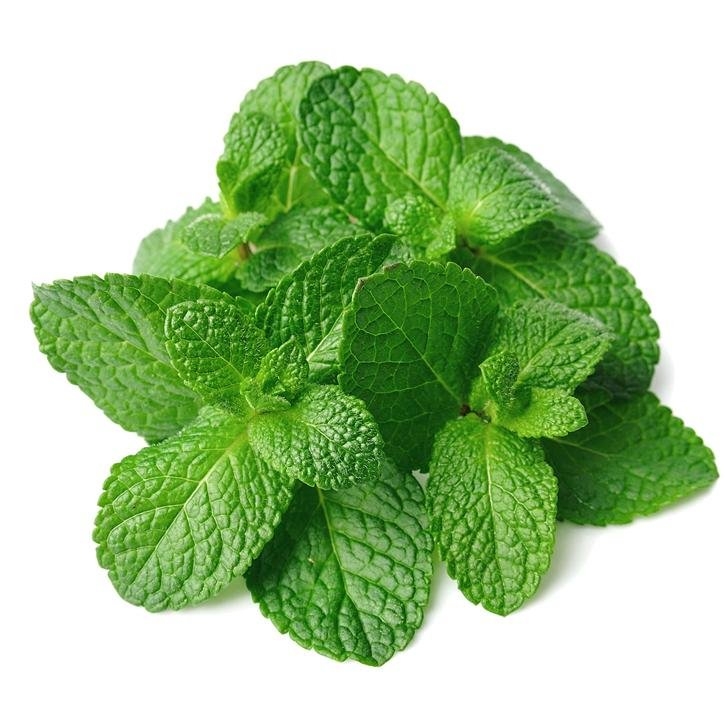This kind of mint is the classic mint, but does not come from a pure family, but from the hybrid product of Mentha aquatica x Mentha viridis or spicata (which at the same time is a hybrid between M. Longifolia x M. Rotundifolia), originated in England, in a nature way, approximately in the XVII century and that has been multiplied in an agamous way throughout the world, since then.
It’s a vivacious herbaceous plant which base is a rhizome with numerous stems or aerial/underground stolons, of 50 to
Peppermint leaves have a characteristic and penetrating scent, its flavor is very aromatic. Harvest: June-July and September. It is original from
Peppermint does not grow very much in the wild. It tolerates extreme weather but it has adapted itself to be cultivated in humid and shaded soil, protected from the wind in orchards. It is cultivated with industrial purposes, to store drugs, elaborate liquor and essences. As it is a creeping plant is ideal to grow under other plants in flowerpots. Soil should be humid, rich in humus and retentive of moisture, (mix two parts of black soil, one of sand and another part of worm humus). Blooming takes place in summer.
The leaves and sometimes the entire aerial apex.
Internal use
External use
- Real Farmacopea Española, 1997.
- British Herbal Pharmacopoeia, 1983.
- Herbal Drugs and Phytopharmaceuticals. Norman Grainger Bisset (Ed). Max Wichtl. CRC Press. 1994.
- Plantas Medicinales y Drogas Vegetales para infusión y tisana. Edición española a cargo de: Salvador Cañogueral, Roser Vila, Max Wichtl.1998.
- Plantas Medicinales. Margarita Fernandez y Ana Nieto. Ed Universidad de Navarra. EUNSA 1982.
- Fitoterapia: Vademecum de Prescripción. Plantas Medicinales. Colaboran: Asociación española de médicos naturistas. Colegio Oficial de Farmacéuticos de Vizcaya.
- Matière Médicale (tomo II). RR Paris- H. Moyse. Masson 1981.
- The Complete German Commission E Monographs. Therapeutic Guide To Herbal Medicines. Mark Blumenthal. American Botanical Council 1998.
- Fitoterapia Aplicada. J.B. Peris, G. Stübing, B.Vanaclocha. Colegio Oficial de Farmacéuticos de Valencia 1995.
- Pharmacognosy, Phytochemistry, Medicinal Plants. Jean Bruneton. Lavoisier Publishing.
- Plantas Medicinales. El Dioscórides Renovado. Pio Font Quer.
- Guía de Campo de las Flores de Europa. Oleg Polunin. Ediciones Omega S.A. Barcelona, 1977.
- Pharmacognosy 9th edition. Varro E. Tyler – Lynn R. Brady – James E. Robbers.
- Jean Bruneton. Farmacognosia. Fitoquímica Plantas Medicinales. 2ª Edición. 2001. Ed Acribia. S.A.
Bulletin officiel Nº 90/22 bis del Ministère des Affaires Sociales et de la Solidarité, Médicaments a base de Plantes.
- French Public Health Code.
- Benigni, R; Capra, C; Cattorini, P. Piante Medicinali. Chimica, Farmacologia e Terapia. Milano: Inverni & Della Beffa, 1962.
- Bézanger-Beauquesne, L; Pinkas, M; Torck, M. Les Plantes dans la Therapeutique Moderne. 2ª. Paris: Maloine, 1986.
